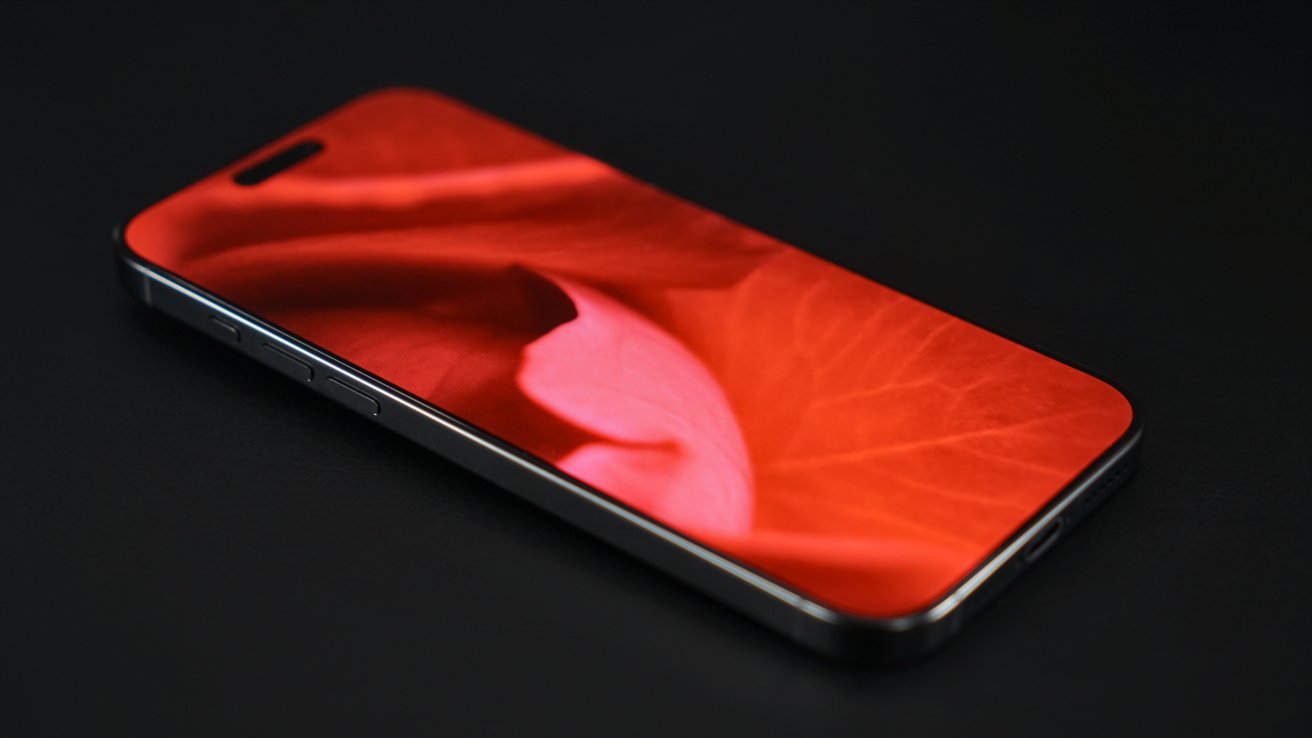
WWW.ARCHDAILY.COM
River Bend Repair / Vaughan Howard Architects with InPlace
River Bend Repair / Vaughan Howard Architects with InPlaceSave this picture!© Sean Fennessy•Australia
Architects:
InPlace, Vaughan Howard Architects
Year
Completion year of this architecture project
Year:
2023
Photographs
Photographs:Sean Fennessy, Derek SwalwellMore SpecsLess Specs
Save this picture!
Text description provided by the architects. I'd first like to acknowledge the Wurundjeri woi wurrung people of the Kulin Nations. Traditional custodians of Garambi Bannj, and pay my respects to their continued caring for country, which has particular resonance for this project. Riverbend house (previously Cuming House) is located in Eltham, where the wide floodplains of the Yarra Valley narrow into the steep-sided and tree-lined Warrandyte Gorge. Specifically, it is located on Laughing Waters Road, which, through deep time, has been a place of great social, cultural, and environmental significance. The last remaining Wurundjeri stone eel trap on the Birrarung sits on a bend in the river below Riverbend House, and Wurundjeri reasserted their cultural practices a number of years ago through the re-scarring of trees.Save this picture!Artists, writers and architects have layered the area with significance, and developed a unique approach to living with nature, most evident through the work of the River Bend house architect Alistair Knox, and Landscape architect Gordon Ford. By 2015 Riverbend House was subject to demolition by neglect by the local Council, left to decay and eventually be demolished as they couldn't see an ongoing use for it. InPlace is not-for-profit arts organization that seeks to preserve built heritage and place artists in significant sites to allow for the production of new work, and facilitate workshops connecting people to lost cultural practices. They instigated a process to save the house, and have subsequently partnered with Parks Victoria and Wurundjeri Corporation to establish the Garambi Baan Cultural Precinct.Save this picture!Save this picture!Save this picture!Save this picture!Repair – When I partnered with InPlace and began the renovations of River Bend, we framed the project around the idea of repair and how the repair of a significant piece of built heritage could extend to cultural repair and also to the repair of landscape and ecology.Save this picture!Riverbend – The house itself is perched on an escarpment above the Birrarung, a gentle bend in the plan opens views both upstream and downstream. The design of the house is heavy masonry pillars with infill timber window-walls, through which landscape views flow.Save this picture!The main intervention was the removal of a wall between the dining room and the kitchen, amplifying the connection between interior and landscape by opening up clear views through to the river and valley on entering the house. The other main decision was to replan the kitchen and the ensuite, removing a large walk-in pantry in favor of creating an accessible shower. This plan shows how the materials flow between interior spaces and from inside to outside, as well as the re-planned kitchen and bathroom. There was a particular focus on materials, to use their experiential qualities to amplify the landscape rather than be referential to the original era of the house.Save this picture!The kitchen tiles are handmade by Anchor Ceramics, connecting to a long lineage of ceramics in the Eltham area. The gray-green tiles, with their irregular, slightly matte surface, reflect the dusty gray-green leaves of the Eucalyptus Meliadora beyond. A thin stainless-steel shelf is both functional and a place to house a collection. The benchtop, in cold-rolled, unpolished stainless steel, takes on the glossy quality of the river beyond, gently gathering the landscape in its milky reflections.Save this picture!Rather than devote the whole bench to stainless steel, the corner with the best view out to the Birrarung was given over to a timber writer's desk, a subtly lower level than the rest of the bench. Materials for fittings and fixtures were selected for their textures, with leather cupboard pulls to patina with age and kitchen utensils chosen for their beauty as well as functionality. All the existing materials in the house were addressed. The Welsh slate floors were painstakingly stripped back and resealed with natural linseed oil. The window-frames were re-sanded and oiled, and the walls scrubbed.Save this picture!Save this picture!Save this picture!The pendant and dining table were sourced from local designer and Eltham resident Kate Stokes. Like the kitchen tiles, this was in the spirit of the original era of the house, when homes across Melbourne were fitted out with locally produced furniture. The low pendant creates an intimate space around the table in the large room. The table itself, at 2.4m long, is big enough for a large convivial gathering. The vase is by the Japanese Australian ceramicist Yoko Ozawa, who was inspired by early morning light on the white mana gum trunks and the mist of the river during her residency. The heart of the house is the Living Room, with an almost medieval-sized open fireplace. We added an elemental blocky but cosy sofa and Featherston chaise, contributing a layer of generosity and warmth to the space while keeping it intrinsically connected to the landscape beyond.Save this picture!The decoratively laid terrace bricks were documented, removed, cleaned, and re-laid on a new base by original Knox builders. The terrace overlooks the river and the eel-trap and feels like an incredibly special place, particularly now that it has been restored. All extraneous items were removed from the house, including old fences and carports, stripping it back to its essence. A new zincalum roof in the same finish and profile replaced the rusted-out roof, and the partially destroyed fascia was repaired, while new hardwood plywood replaced the old asbestos soffits, and all the Oregon beams and fascias were sanded and oiled.Save this picture!Where functionality required new additions, they were carefully designed to be sensitive to the Heritage of the dwelling. The water treatment system services cabinet was designed as three panels, referencing the proportions of the brick pillars. Weathering steel was used, a contrasting material to the brick and timber of the house, but one that settles into the environment as it weathers.Save this picture!Back inside, the bedroom is both a cosy retreat, but also connected to the river. A velvet Featherstone chair provides a warm vantage point to experience the landscape beyond. The new sisal carpet also tonally connect to gravel and brick, and the shaley clay soil of the area. A built-in wardrobe was removed from the room, revealing the original hardwood plywood and restoring the room to its originally intended proportions. We designed all the beds for the house with discrete steel frames and salvaged Oregon headboards.Save this picture!Save this picture!The sliding door to the bathroom was replaced, with a little bit of glamor, with brass trim and brass door-pull, and clad both slides in blue grass paper, a material settled on after pretty much every other material was considered and ruled out. The bathroom was intended to feel like an unfussy bathhouse. The terracotta floors connect to the brick paving, and clear, glossy Japanese tiles pick up the whites of the manna gum trunks. By removing the pantry, the shower was made deep enough not to need a shower screen, allowing the simplicity of the materials to speak without interruption.Save this picture!Since the project has been completed, 24 artists have been residents in the Garambi Baan program. This is a snapshot of both past and upcoming commissions that InPlace has programmed for 2023-2024. Many of the residents have been first nations or diaspora communities, and programs have been run that seek to repair connections to craft practices that hold deep cultural significance. InPlace is currently partnering with DEECA and Wurundjeri to fence and manage the regeneration of the whole precinct and reintroduce practices, including cultural burning and other culturally sensitive land management techniques. The landscape has already been indigenized with planting.Save this picture!The original idea for Riverbend was repair. The overwhelming feedback from residents has been that Riverbend and Laughing Waters feels like a healing place, which became the theme for the last year of programming. The notion of healing extends across the project, from healing country, to healing broken connections with culture, knowledge and land. And the repair of a piece of architecture has in a small way contributed to providing safe space where healing journeys can begin. Save this picture!
Project gallerySee allShow less
About this officeInPlaceOffice•••
Published on April 08, 2025Cite: "River Bend Repair / Vaughan Howard Architects with InPlace" 08 Apr 2025. ArchDaily. Accessed . <https://www.archdaily.com/1028593/river-bend-repair-vaughan-howard-architects-with-inplace&gt ISSN 0719-8884Save世界上最受欢迎的建筑网站现已推出你的母语版本!想浏览ArchDaily中国吗?是否
You've started following your first account!Did you know?You'll now receive updates based on what you follow! Personalize your stream and start following your favorite authors, offices and users.Go to my stream
0 Comments
0 Shares
68 Views












